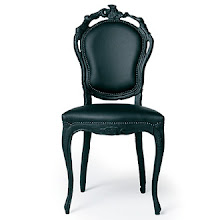Understanding Social Product Use & Supporting Design Culture
International Journal of Design, 2(1), 2008
J. Forlozzi
11. The Product Ecology is useful because it articulates all of the factors that evoke social behavior around products. The factors in the framework can be used in a generative manner to scaffold the selection of design research methods for
understanding current experience and generating new products to change that experience.
Frameworks and theories in design and interaction design are relatively new, there being few examples and some disagreement about what constitutes a theory, especially in design. They are not scientific theories in the narrow sense of predicting action
irrespective of context and situation. Rather, they are concerned with transforming the conditions and potentials for human action.
Frameworks and theories in design allow designers to assess a complex and unique problem by articulating the phenomena involved in a design problem and the relationship
between those phenomena. In addition, they allow for movement between prescribed design and research processes and the use of the designer’s implicit judgment, knowledge gleaned from other design examples, ethical responsibility, and pattern seeking in solving problems.
THE PRODUCT ECOLOGY FRAMEWORK
12. The functional, aesthetic, symbolic, emotional and social dimensions of a product, combined with other units of analysis, or factors, in the ecology, help to describe how people make social relationships with products. These include the product; the
surrounding products and other systems of products; the people who use it, and their attitudes, disposition, roles, and relationships; the physical structure, norms and routines of the place the product is used; and the social and cultural contexts of the people who use the product and possibly even the people who make the product.
Subscribe to:
Post Comments (Atom)

No comments:
Post a Comment